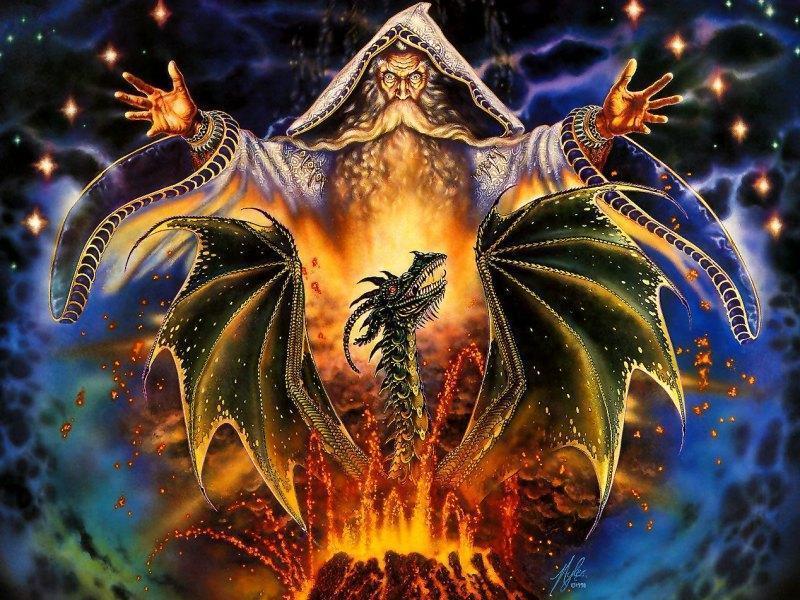Tag Archives: PHYSIOGNOMY
12.PHYSIOGNOMY
12.PHYSIOGNOMY
CHARACTER ANALYSIS FROM THE FACES HEADS,
AND OTHER FEATURES
The art of studying heads and faces as a guide to individual personality is of very ancient origin and rather obviously so, since facial expressions can register every mood from kindliness to ferocity; and facial formations are frequently responsible for such expressions. As for head shapes, modern anthropologists have typed the skulls of mankind from prehistoric ages up to the present, finding them indicative of various stages in human development.
From the occult standpoint, physical appearance has long been linked with the various signs of the zodiac as studied in astrology; and persons have been classed as planetary types on a similar basis. But, like palmistry, which also was once closely allied to astrology, the subject of physiognomy has branched off in its own right, it is from physiognomy that modern methods of character analysis have developed.
The pioneer in this field was a Swiss mystic, Johann Kaspar Lavater, whose keen power of observation convinced him that the deepest of human traits could be determined from individual faces. He worked out a system of physiognomy which was published at the beginning of the American Revolution. Others took up the work during the century that followed; and modern character analysis, which developed during the early 1900s, was the result.






